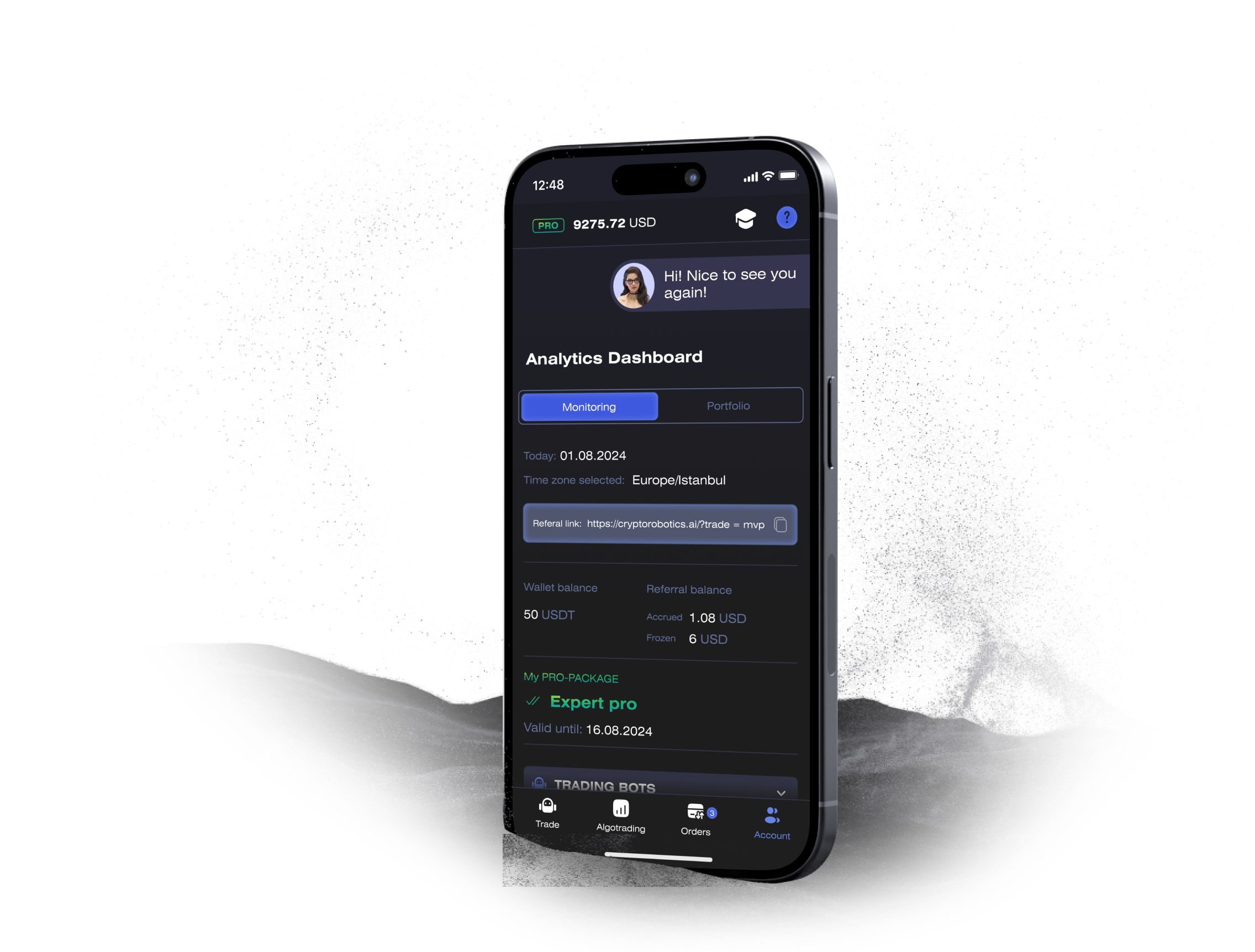Published: November 20, 2024 at 1:37 pm
Updated on December 10, 2024 at 7:38 pm


I’ve been diving deep into the world of cryptocurrency trading lately, and one thing became clear: I needed an edge. That’s when I stumbled upon the concept of trading bots. These automated systems promised to execute trades faster and more efficiently than any human could. So, I decided to embark on a journey to create my very own trading bot. Here’s what I learned along the way.
Before getting my hands dirty with code, I had to understand what a trading bot actually was. In simple terms, it’s an automated system that trades based on predefined rules. It analyzes market data, identifies opportunities, and executes trades without needing me to be awake at 3 AM.
The key components? Market data analysis, risk forecasting, and asset buying/selling via APIs.
This was where things got tricky. There are so many languages out there! After some research (and a bit of trial and error), I settled on Python for a few reasons:
But I also learned about other languages:
In the end, Python won out for its simplicity.
With my language chosen, it was time to define my strategy. This part was crucial because without a solid plan, my bot would just be gambling.
I considered various strategies like arbitrage (buy low on one exchange and sell high on another) or market-making (placing buy/sell orders simultaneously). Eventually, I settled on a mean reversion strategy—trading based on the principle that prices will return to their long-term average.
Now came the fun part—coding! But it wasn’t all smooth sailing.
I had to ensure that my code was efficient and well-structured. Some best practices I picked up included:
Still, there were moments of frustration…
To actually trade with my bot, I needed to integrate it with exchange APIs. This involved setting up an account with an exchange (I chose Binance), obtaining API keys, and configuring my bot securely.
This step felt daunting but wasn’t too bad once I got the hang of it.
Backtesting is where many traders fail—and where many bots go wrong too! Essentially, it’s running your bot against historical data to see how it would have performed in the past.
Let me tell you: this step saved me from making some costly mistakes!
After backtesting several times (and tweaking my code accordingly), I finally felt ready…
Even after launching my bot into live trading conditions (with small amounts!), I’ve realized that optimization is an ongoing process.
I’m still analyzing performance metrics like profit/loss ratios and win rates to identify areas for improvement.
As I delved deeper into automated trading systems powered by machine learning algorithms, ethical considerations started popping up in my mind:
These questions are crucial as we move forward in this digital age…
Creating a trading bot has been both rewarding and challenging. While I’ve managed to set up something functional, there’s still much room for improvement.
If you’re considering going down this path, make sure you’re prepared—for both success AND challenges!
Access the full functionality of CryptoRobotics by downloading the trading app. This app allows you to manage and adjust your best directly from your smartphone or tablet.
